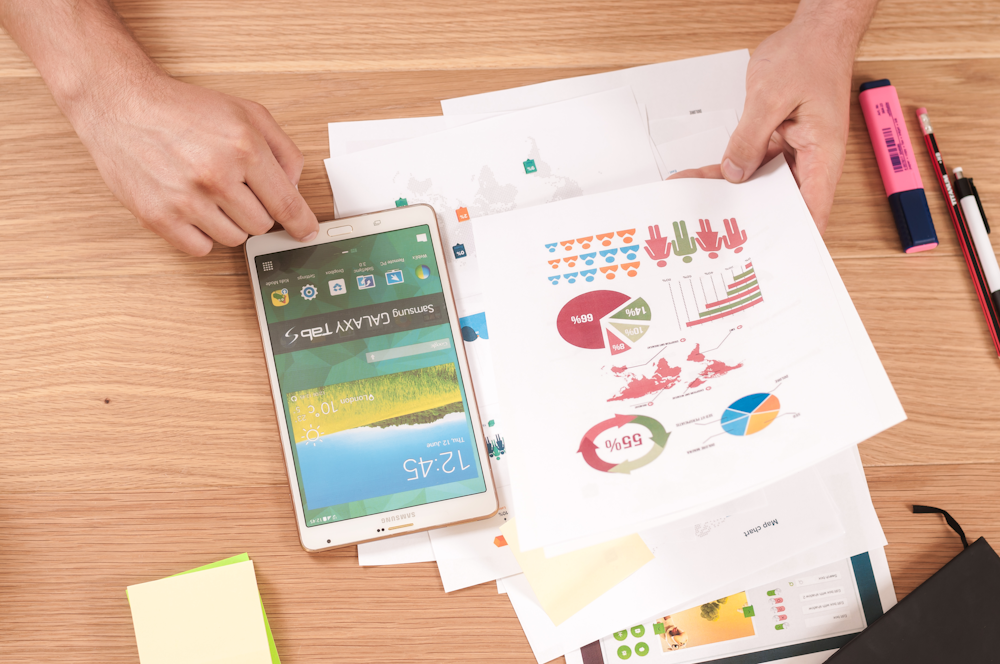
Revolutionizing Agriculture: The Impact of Blockchain-Based Crop Insurance
The agriculture industry, with its inherent vulnerabilities to weather, pests, and market fluctuations, is witnessing a transformative wave with the advent of blockchain-based crop insurance. This article explores the profound impact of this innovative approach to crop insurance, leveraging blockchain technology for enhanced transparency, efficiency, and risk management in agriculture.
A New Paradigm in Crop Insurance
Traditional crop insurance models often face challenges related to transparency, delayed payouts, and cumbersome processes. Blockchain-based crop insurance emerges as a beacon of change, introducing a decentralized and transparent system that addresses the shortcomings of conventional insurance models. This paradigm shift holds the potential to redefine how farmers and insurers interact in the realm of agricultural risk management.
Enhancing Transparency through Blockchain
One of the key advantages of blockchain technology is its ability to provide an immutable and transparent ledger. In the context of crop insurance, this transparency translates into a clear and auditable record of transactions, from policy issuance to claims processing. Farmers benefit from a system where the terms of their insurance contracts are visible and unalterable, fostering trust in the insurance process.
Smart Contracts and Automated Payouts
Blockchain-based crop insurance leverages smart contracts, self-executing contracts with the terms of the agreement directly written into code. In the agricultural context, this means that when predefined conditions (such as weather-related triggers) are met, the smart contract automatically executes the payout to the insured farmers. This automation not only accelerates the claims process but also reduces administrative costs for insurers.
Decentralization and Risk Pooling
Traditional crop insurance relies on centralized models, where a single insurer or a group of insurers assume the risk. Blockchain-based crop insurance introduces decentralization by enabling peer-to-peer (P2P) insurance models. This decentralized approach allows farmers to pool their risks collectively, fostering a sense of community and mutual support. In times of need, the smart contracts autonomously trigger payouts to affected farmers within the decentralized network.
Immutable Crop Data and Fraud Prevention
Blockchain ensures the immutability of data, meaning once information is recorded on the blockchain, it cannot be altered retroactively. This characteristic is particularly valuable in preventing fraud in crop insurance. Accurate and tamper-proof records of crop-related data, such as yield measurements and loss assessments, reduce the potential for fraudulent claims, leading to a more trustworthy and resilient insurance system.
Integration with Agricultural IoT Devices
The Internet of Things (IoT) devices in agriculture, such as weather stations and soil sensors, generate valuable data for risk assessment. Blockchain-based crop insurance seamlessly integrates with these IoT devices, allowing real-time data to be securely recorded on the blockchain. This integration enhances the accuracy of risk assessments, enabling insurers to offer more precise and tailored insurance products.
Global Access and Financial Inclusion
Blockchain-based crop insurance has the potential to extend insurance coverage to regions that are traditionally underserved by the insurance industry. The decentralized nature of blockchain eliminates geographical barriers and reduces the reliance on traditional banking infrastructure. This global accessibility contributes to financial inclusion, ensuring that even smallholder farmers in remote areas can benefit from reliable crop insurance.
Challenges and Regulatory Considerations
While blockchain-based crop insurance holds immense promise, challenges and regulatory considerations must be addressed. Scalability, interoperability, and regulatory frameworks are crucial aspects that need careful attention. Collaborative efforts between the blockchain community, insurers, and regulators are essential to creating a supportive environment for the widespread adoption of this transformative technology in crop insurance.
The Future Landscape of Crop Insurance
As blockchain-based crop insurance gains traction, it is poised to reshape the landscape of agricultural risk management. The synergies between blockchain technology, smart contracts, and agricultural data offer a more efficient, transparent, and inclusive model for crop insurance. The future holds exciting possibilities as this innovative approach continues to evolve and gain acceptance across the agriculture industry.
To learn more about the transformative impact of Blockchain-Based Crop Insurance, visit Blockchain-Based Crop Insurance for insights into cutting-edge solutions and strategies shaping the future of agricultural risk management.


